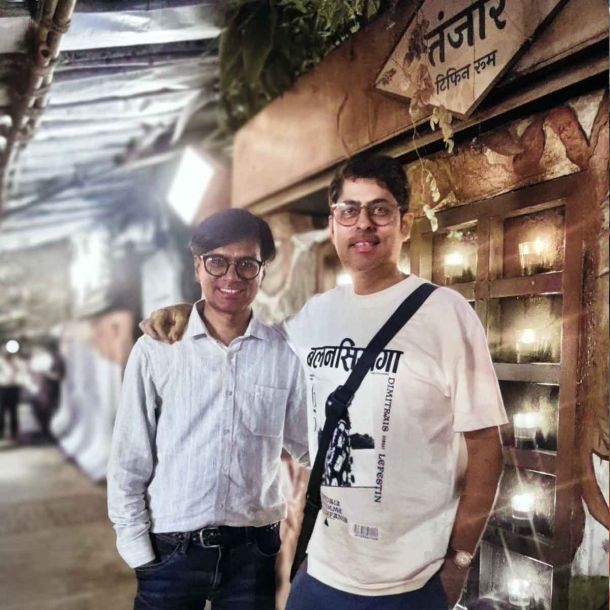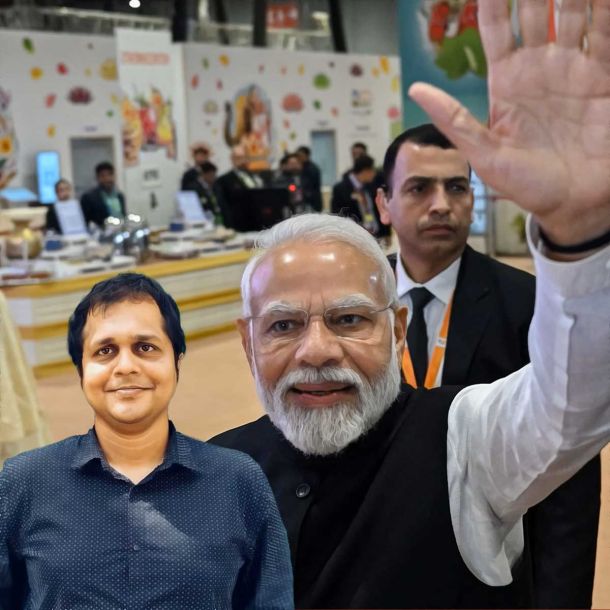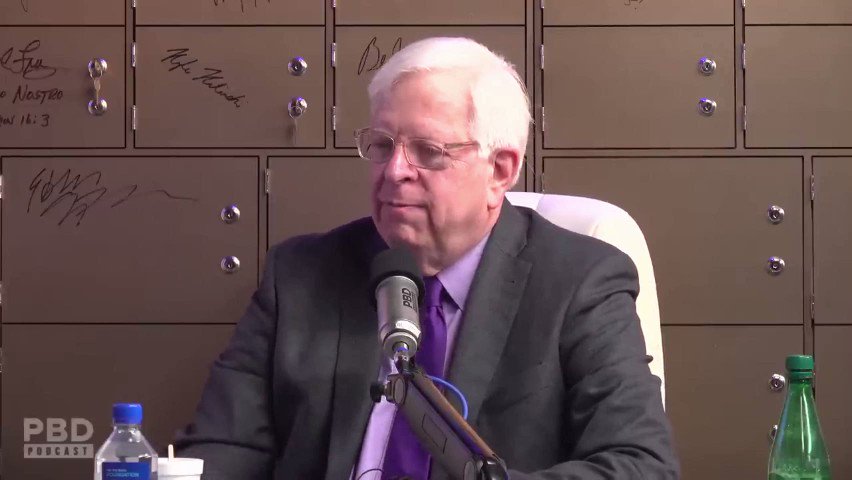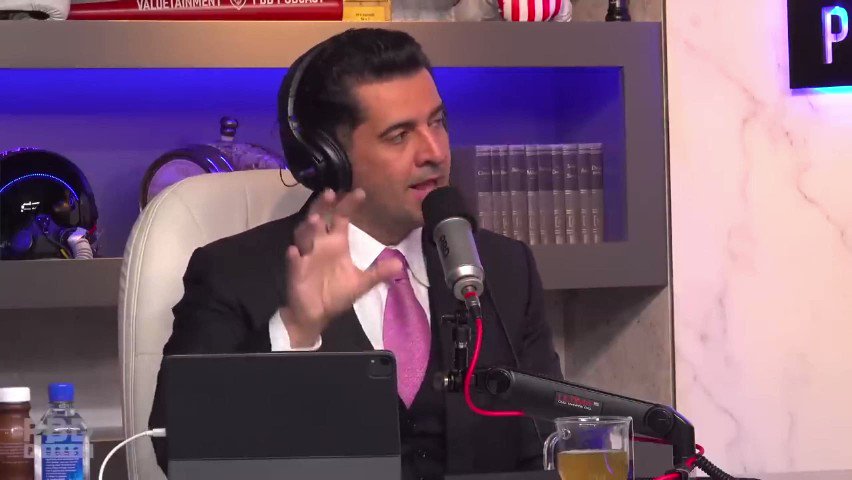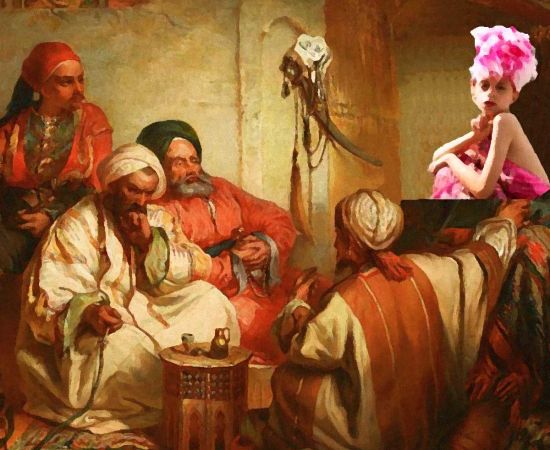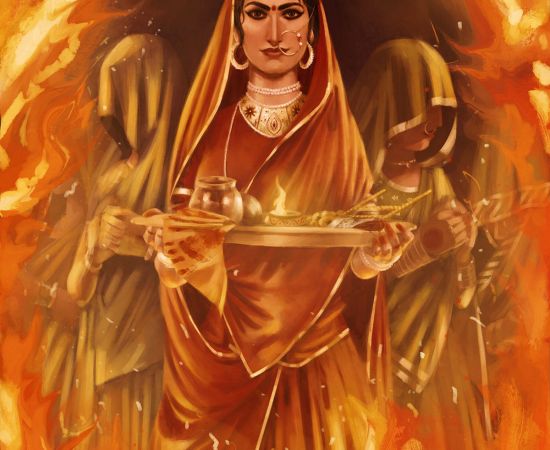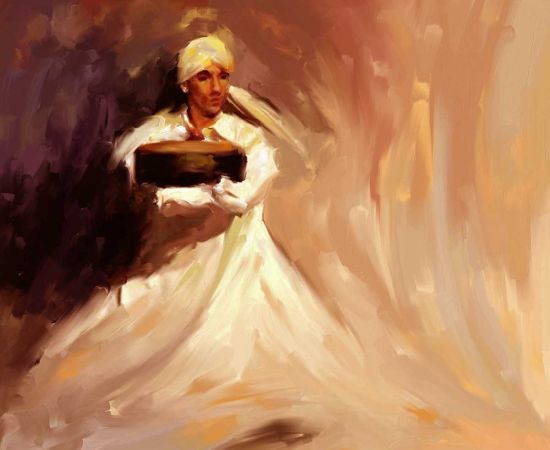More Coverage
Twitter Coverage
Satyaagrah
Written on
Satyaagrah
Written on
Satyaagrah
Written on
Satyaagrah
Written on
Satyaagrah
Written on
JOIN SATYAAGRAH SOCIAL MEDIA
"It's always a good feeling to reach higher, congratulations Bharat": Breaking - In a first, the Geological Survey of India has discovered 5.9 million tonnes of lithium reserves in Jammu and Kashmir which could be a game changer for the economy
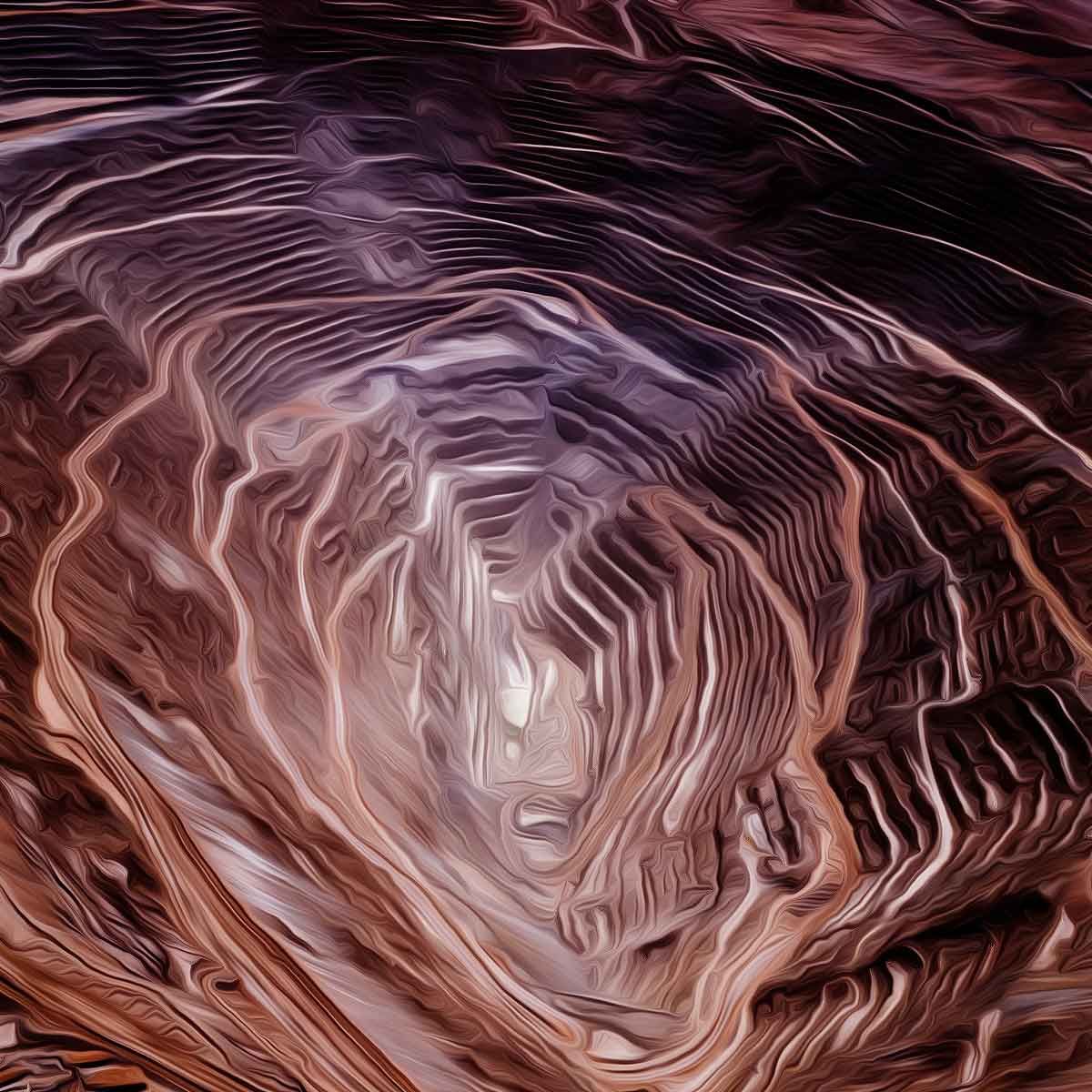
For the first time in the country, the Geological Survey of India has discovered 5.9 million tonnes of lithium reserves in Jammu and Kashmir which could be a game changer for the economy.
|
The GSI has discovered the virtual goldmine of lithium-inferred resources (G3) in the Salal-Haimana area in the Reasi district of Jammu, a short distance away from the revered and famous cave-shrine of Mata Vaishno Devi in the Trikuta mountains.
The discovery has the potential of a massive impact on the political situation in the Union Territory of Jammu and Kashmir where the people are dependent on horticulture, handicrafts, and tourism for their livelihoods.
Lithium is a non-ferrous metal and is one of the key components in rechargeable batteries for mobile phones, laptops, digital cameras, and electric vehicles (EVs). It is also used in some non-rechargeable batteries for things like heart pacemakers, toys, and clocks. Currently, India is import-dependent on lithium.
“This is for the first time that lithium reserves have been discovered in the country and that too in Jammu and Kashmir,” the Union Mines Secretary, Vivek Bharadwaj disclosed while speaking at the 62nd Central Geological Programming Board meeting at New Delhi on Thursday.
|
On the occasion, Bhardwaj handed over two Major Mineral Blocks Geological Reports of Lithium Blocks in the Jammu Division and G3 Study (Advanced Study) of lithium, AI, and titanium in the Jammu division, to J&K’s Mining Secretary Amit Sharma for initiating necessary follow-up action in the matter.
The Geology & Mining Department in Jammu and Kashmir is currently making preparations for the e-auctioning of two major mineral blocks of limestone in the border districts of Rajouri and Poonch, contiguous to Reasi. Officials say that the process of finalizing the availability of lithium and e-auctioning of the production in a time-bound manner had also started.
Talking to Jammu-based Daily Excelsior, Amit Sharma said that all necessary steps would be taken in collaboration with the GSI and dedicated teams would work round-the-clock to ensure that the e-auctioning of the major mineral blocks took place in a time-bound manner.
“Lithium blocks which are a rare thing and a much demanded global mineral for electric batteries which is the future, shall be explored and e-auctioned so that J&K figures on the global map so far as availability of lithium reserves in the world are concerned,” Sharma asserted.
Lithium is a metal that is known for its low density, high energy-to-weight ratio, and its ability to store large amounts of energy. It is also the lightest of all metals in the periodic table of elements, and its soft, silvery-colored metal is widely used for its heat-resistant properties.
Though it is one of the oldest elements to have been around, lithium is not in abundance on Earth like its gaseous counterparts. The metal makes up just 0.002 percent of the Earth’s crust, though arguably, that is higher than the supplies of tin, silver, gold, and platinum combined. Lithium doesn’t ever occur naturally in its metallic form as it is highly reactive to the elements and minerals around it. It is found in a crystalline form alongside rocks and other mineral deposits in the Earth’s crust.
|
According to the United States Geological Survey (USGS), the world has currently a total discovered lithium resource of 86 million tonnes of which the annual total production is less than 82,000 MT. In the US, Elon Musk’s EV car manufacturing company Tesla is one of the major importers of lithium. With an annual production of 40,000 MT, Australia retains the distinction of being the largest producer, followed by Chile (18,000 MT) and China (14,000 MT).
Of the lithium resources, Bolivia tops with 21 MT followed by Argentina (19.3 MT), Chile (9.6 MT), the USA (7.9 MT), and China (5.1 MT). If the GSI calculations are correct, India with its discovery of 5.9 MT in Jammu and Kashmir alone, would now surpass China in possession of the lithium resources. J&K also possesses substantial mineral resources of sapphire in Jammu’s Kishtwar district, though it has not been exploited well commercially in the last several decades.
More recently, lithium has been a central player in the development and production of renewable energy technology. Its ability to store energy has been crucial in capturing and storing energy created through wind, solar, and hydropower, and many pieces of machinery or technology have lithium batteries to maintain and distribute that energy long after the source has stopped producing energy. Solar-powered vehicles, for example, can only generate energy while the sun is out, but lithium batteries can continue to provide previously-generated energy in absence of the sunshine.
References:
 Support Us
Support Us
Satyagraha was born from the heart of our land, with an undying aim to unveil the true essence of Bharat. It seeks to illuminate the hidden tales of our valiant freedom fighters and the rich chronicles that haven't yet sung their complete melody in the mainstream.
While platforms like NDTV and 'The Wire' effortlessly garner funds under the banner of safeguarding democracy, we at Satyagraha walk a different path. Our strength and resonance come from you. In this journey to weave a stronger Bharat, every little contribution amplifies our voice. Let's come together, contribute as you can, and champion the true spirit of our nation.
 |  |  |
| ICICI Bank of Satyaagrah | Razorpay Bank of Satyaagrah | PayPal Bank of Satyaagrah - For International Payments |
If all above doesn't work, then try the LINK below:
Please share the article on other platforms
DISCLAIMER: The author is solely responsible for the views expressed in this article. The author carries the responsibility for citing and/or licensing of images utilized within the text. The website also frequently uses non-commercial images for representational purposes only in line with the article. We are not responsible for the authenticity of such images. If some images have a copyright issue, we request the person/entity to contact us at This email address is being protected from spambots. You need JavaScript enabled to view it. and we will take the necessary actions to resolve the issue.
Related Articles
- Supreme Court dismisses plea seeking protection of Hindus from the Muslim community in Mewat
- Kashmir humiliates Pakistan and gives cold shoulder to Pakistan sponsored ‘Kashmir Solidarity Day’ as no public speeches, rallies on the eve from the public or separatist movements or any special prayers in mosques
- Nehru's Himalayan Blunders which costed India dearly - Pre-Independence
- Since the abrogation of article 370, nearly 1700 Kashmiri Pandits are appointed by the Jammu and Kashmir government in various departments: Centre in Rajya Sabha
- Srinagar: Top LeT commander, 1 Pakistani terrorist killed in encounter, AK-47s recovered
- The ‘Sanghi propaganda’ trope on abduction and conversion of Sikh girls to Islam. Here is how this online tirade is an omen of impending danger
- Lalitadiya Muktapida: A great successor of Karkota Dynasty who defeated Arabs and subjugated Turks
- "Unity in strategy, strength in partnership": Amid China's rising influence in the Indo-Pacific, Germany strengthens military relations with 'reliable' India, eyeing secure trade routes and strategic collaborations while stepping up military ties
- Hyundai celebrating ‘Kashmir Solidarity Day’ had been facing nationwide boycott calls in India: Issues second statement that post by Pakistani counterpart unauthorised, expresses ‘regret’ for pro-terrorist stand
- "A lotus symbolizes purity amidst adversity": Introducing 'Namoh 108', a new variety of special lotus with 108 petals from Lucknow's CSIR-NBRI, it's not just a flower, but a tribute to India's traditions, plus, it blooms longer than other lotuses
- #IncredibleIndia | India's rich tapestry of culture and nature unfolds as 52 sites vie for UNESCO's World Heritage recognition, from the living root bridges of Meghalaya to the ancient rock sculptures of Unakoti, each holds a universe of stories
- खिलाड़ियों का धार्मिक आधार पर खालिस्तानी आतंकियों को महिमामंडित करना: खतरा कितना बड़ा है?
- Biggest Wonder of the World : Kitchen of Lord Shri Jagannath
- Government of India gives Twitter "one last notice" as "gesture of goodwill" to comply with IT Rules, 2021
- Sachin Katira acquired a loss-making gifting business from his boss and turned it into profitable company



